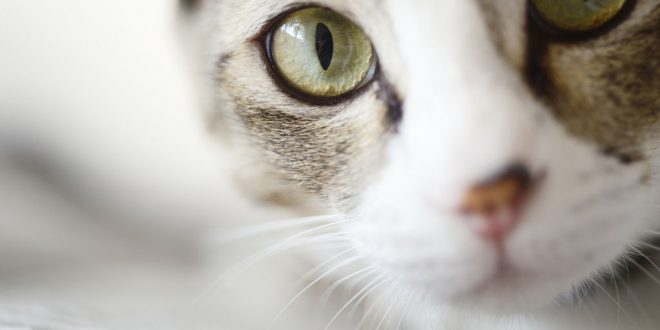Ancient DNA from cat mummies and skeletons has revealed the history of one of the greatest invasions of the world. The analysis shows how domesticated cats spread from Asia and northern Africa 9,000 years ago, to end up presiding in homes in all corners of the globe.
According to the scientists, the African wildcat (Felis silvestris lybica), the ancestor of modern house-cats, was gradually tamed in two waves. The first event began in tandem with the advent of mass agriculture in the Near East around 9,000 years ago, where wildcats made themselves useful to farmers by killing rodent pests. Once domesticated, this lineage of cats, called IV-A, gradually migrated north where they founded feline lineages in central Eurasia.
The second wave of cat domestication, perhaps more famous, sprang up a few thousands years later in ancient Egypt. The Egyptians clearly shared our modern appreciation for cat antics, because they established feline worship cults, integrated cats into artwork and culture, and mummified cat remains to preserve them for posterity. During classical antiquity, this Egyptian lineage of cats, called IV-C, were dispersed widely around Europe, in part because they often worked as mousers on boats, including Viking warships.
Ottoni and his colleagues found that the common tabby pattern of thick stripes did not develop in cats until the Middle Ages. Around the 14th century, cat breeders began to shift gears, capitalizing on a demand for cats as adorable companions, in addition to their penchant for pest control.
Though the new paper traces domestic feline ancestry back to two major hubs of cat domestication, it’s clear that there was plenty of crossbreeding and hybridization between the IV-A and IV-C lineages along the way. This mirrors recent findings about dog domestication, which occurred several thousands of years earlier than the taming of cats, but also appears to have happened in two major waves.
Perhaps this rich heritage of early farming, maritime adventuring, and totemic worship will make you look at your cat differently as you stare into its vacant gaze. Though our partnership with dogs has deeper roots, the DGAF bravado of cats remains as endearing as ever.
Agencies/Canadajournal
 Canada Journal – News of the World Articles and videos to bring you the biggest Canadian news stories from across the country every day
Canada Journal – News of the World Articles and videos to bring you the biggest Canadian news stories from across the country every day



